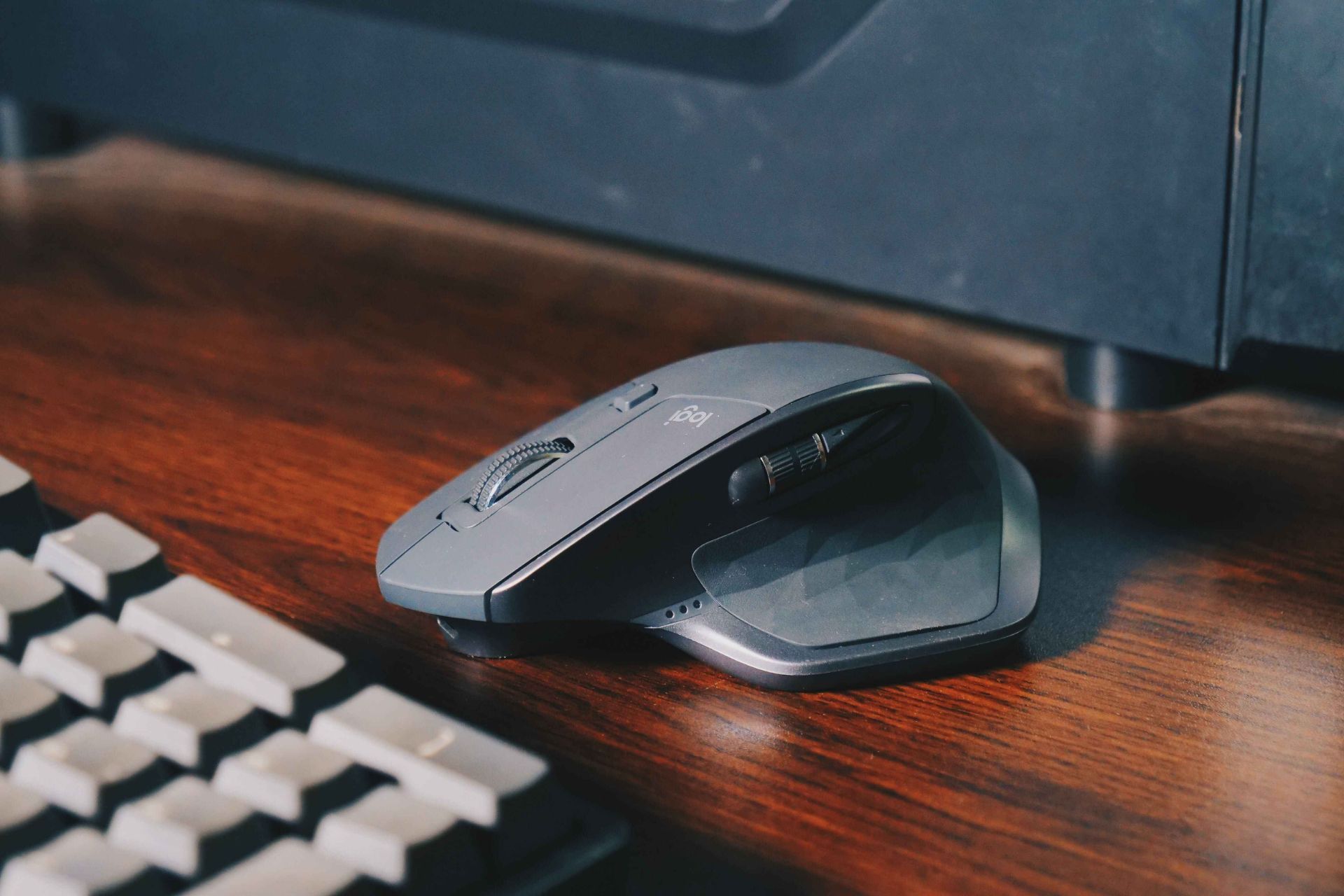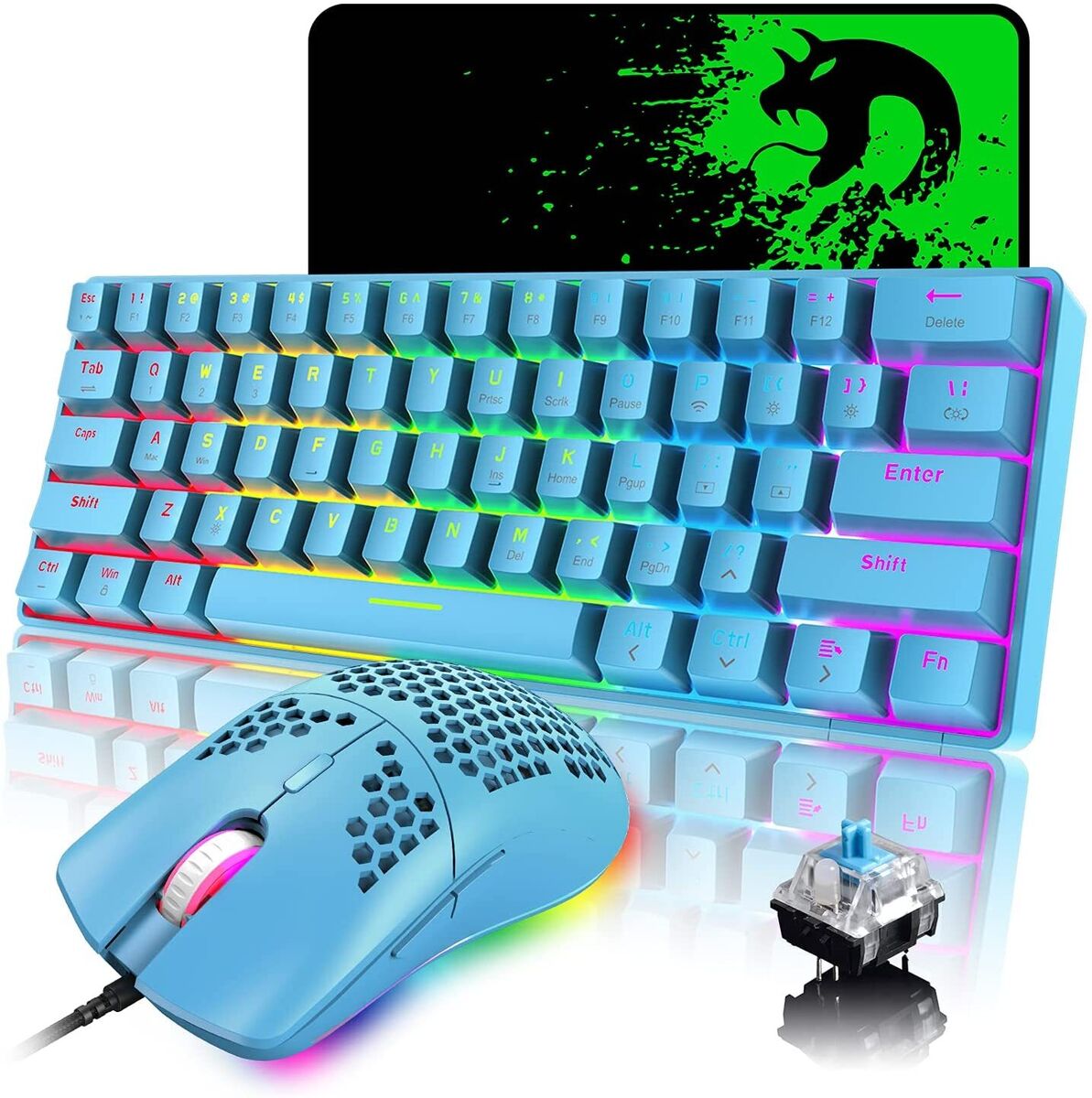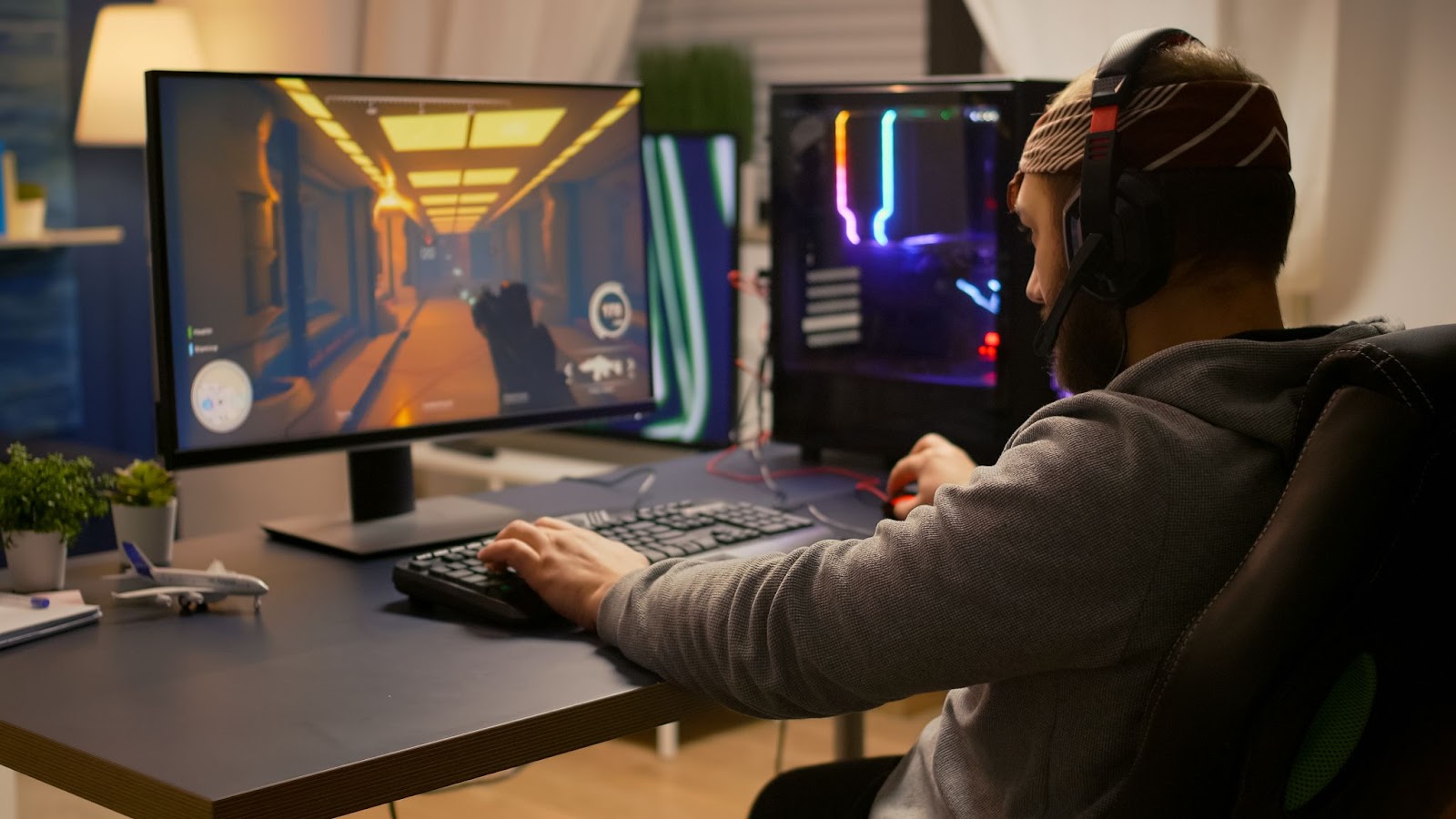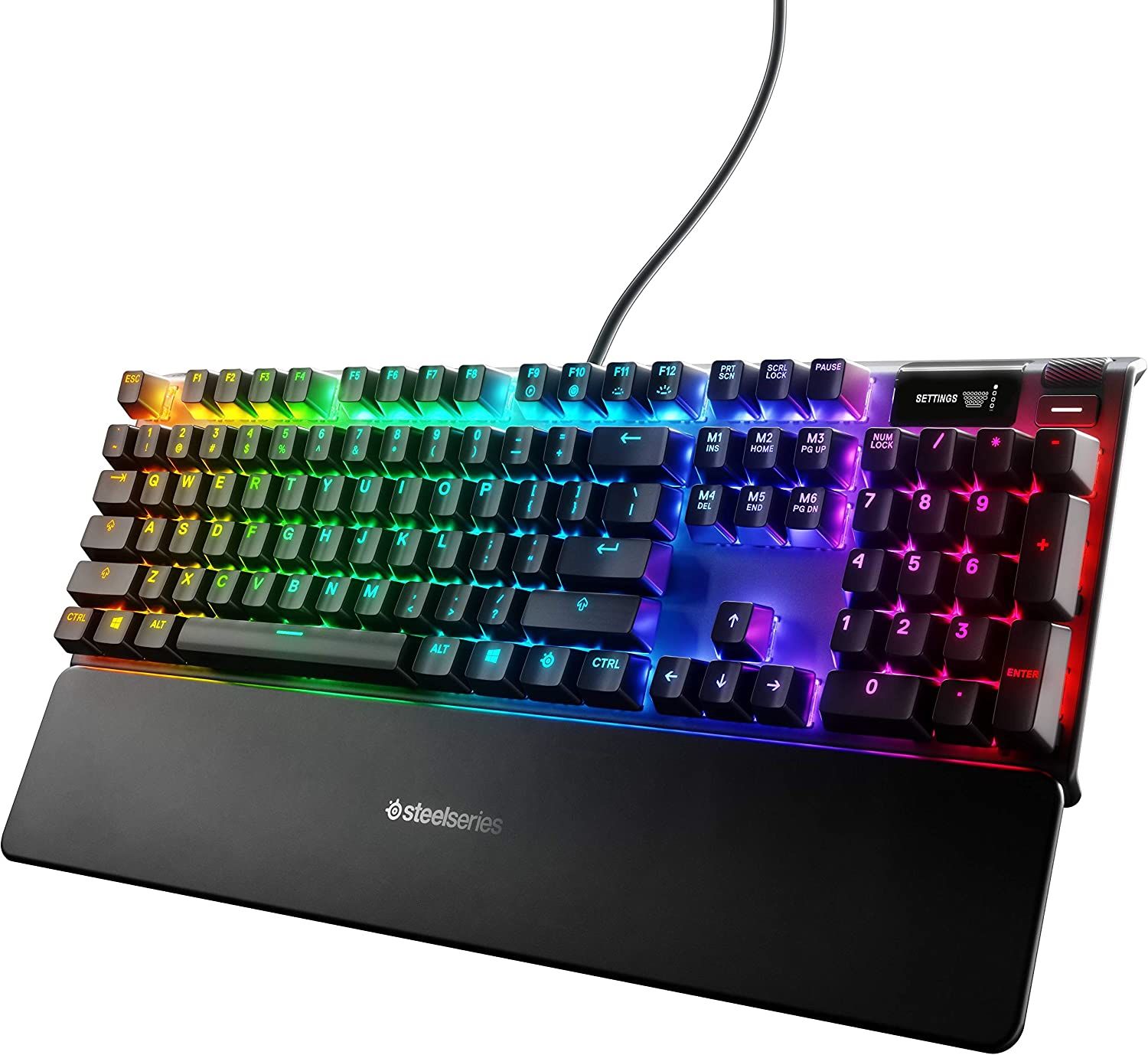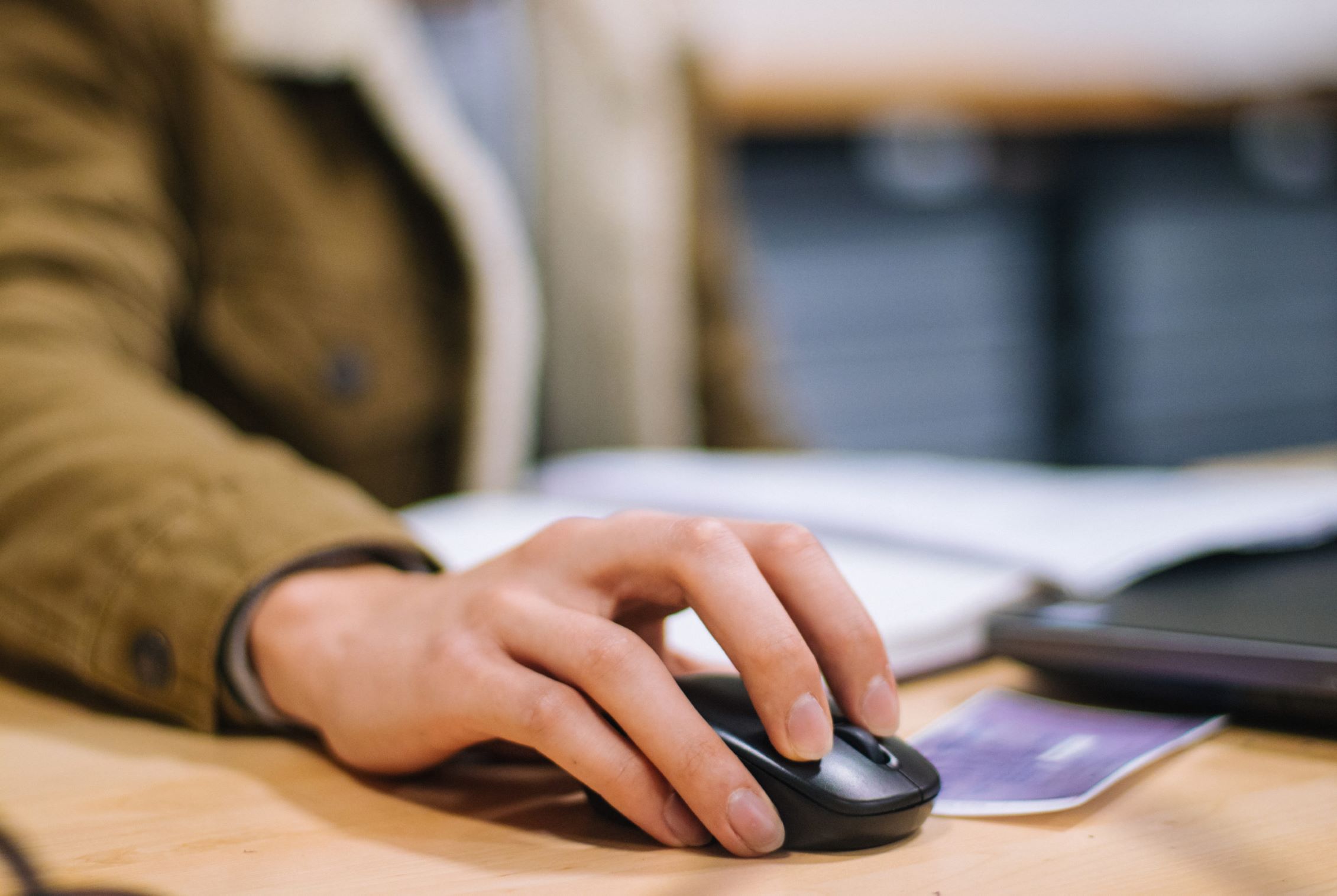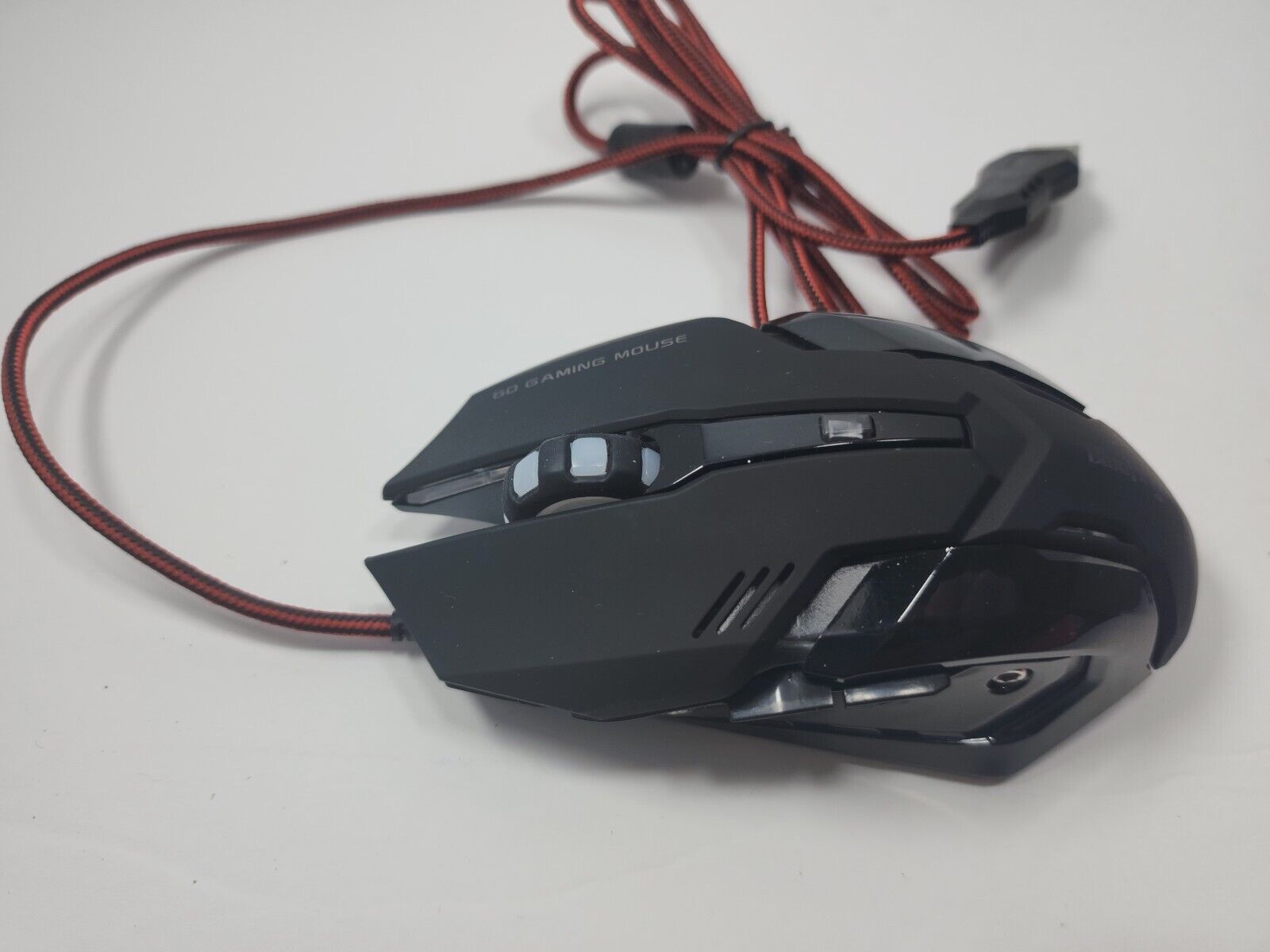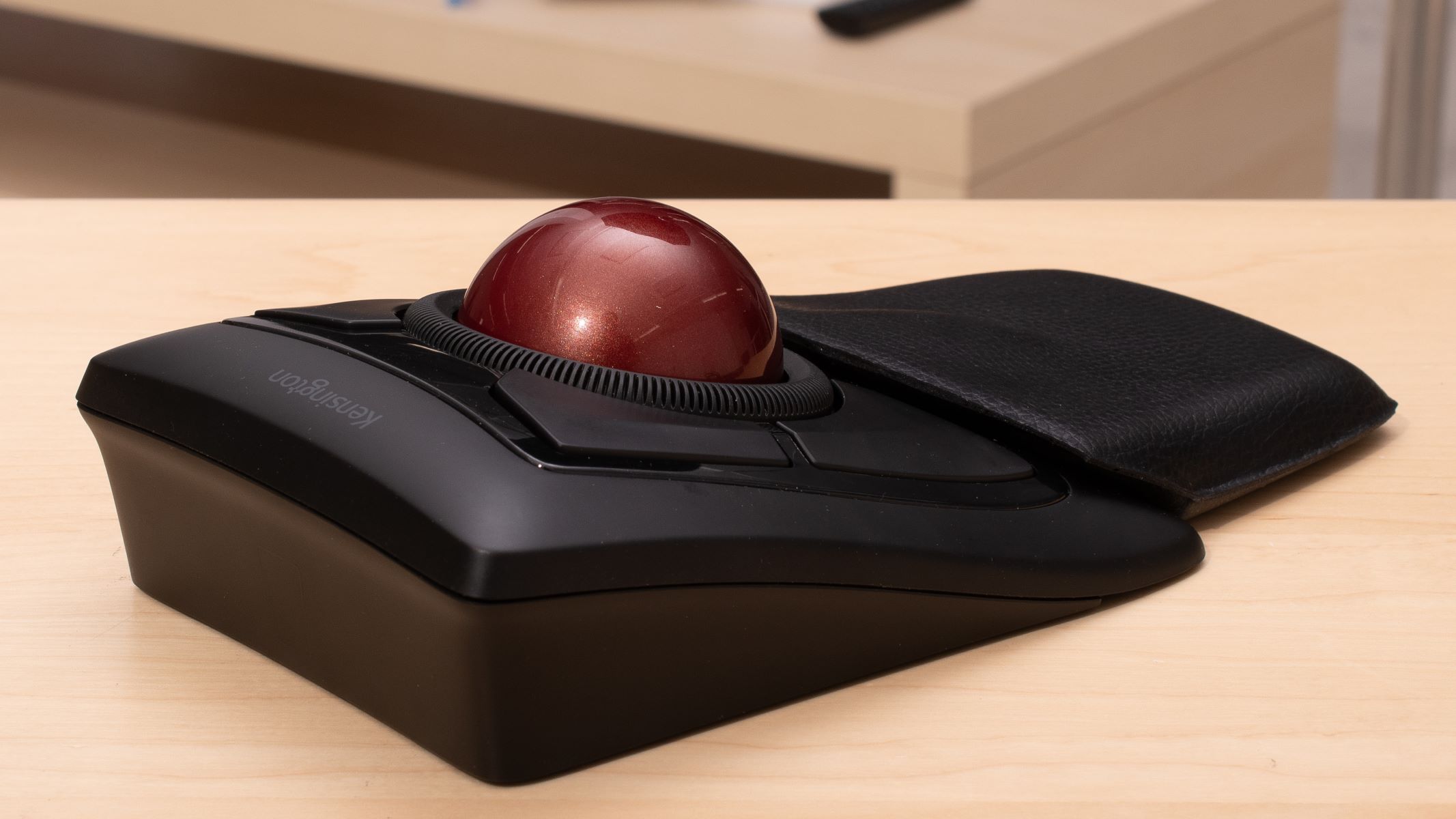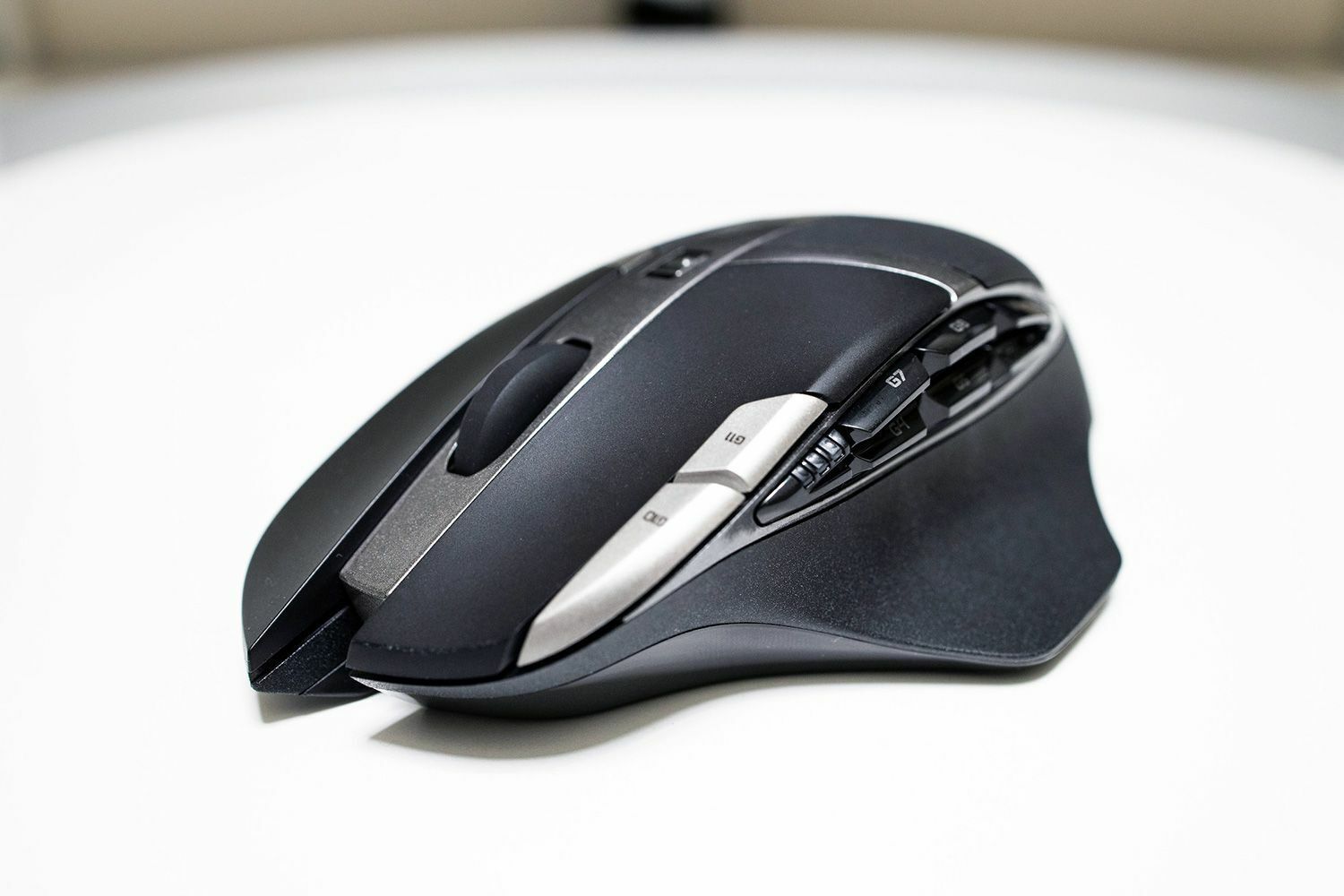Introduction
Are you a passionate gamer who relies on a Bluefinger gaming mouse for precision and accuracy in your gameplay? It can be frustrating when your mouse cursor refuses to move as expected, disrupting your gaming experience. If you're encountering this issue on a Windows 10 system, there are several troubleshooting steps you can take to resolve it. From checking the USB connection to updating mouse drivers and adjusting settings, this guide will walk you through the process of getting your Bluefinger gaming mouse back to its optimal performance.
A malfunctioning mouse can significantly impact your productivity and enjoyment, especially during intense gaming sessions. Therefore, it's crucial to address the problem promptly to avoid any further inconvenience. By following the steps outlined in this article, you can effectively diagnose and resolve the issue, ensuring that your Bluefinger gaming mouse operates seamlessly on your Windows 10 PC.
Let's dive into the troubleshooting process and explore the various methods to fix the issue of a Bluefinger gaming mouse cursor not moving in Windows 10. Whether you're a seasoned gamer or a casual user, these solutions are designed to provide you with the guidance needed to overcome this obstacle and get back to enjoying a smooth and responsive gaming experience.
Check the USB Connection
When your Bluefinger gaming mouse cursor becomes unresponsive, the first step is to ensure that the USB connection is secure and functional. A loose or faulty connection can lead to erratic mouse behavior, causing the cursor to freeze or stop moving altogether. To address this potential issue, follow these steps:
- Inspect the USB Cable: Begin by examining the USB cable connected to your Bluefinger gaming mouse. Check for any signs of damage, such as fraying or kinks, that may be disrupting the connection. If any damage is detected, consider using a different USB cable or replacing the existing one.
- Try Different USB Ports: If the USB port you are using is malfunctioning, it can affect the performance of your mouse. Plug the mouse into a different USB port on your computer to see if the issue persists. This can help determine if the problem is specific to a particular port.
- Use a USB Hub: If you are using a USB hub to connect multiple devices to your computer, try plugging the Bluefinger gaming mouse directly into a USB port on the computer instead. Sometimes, using a USB hub can introduce connectivity issues that affect the performance of connected devices.
By thoroughly examining the USB connection and trying different ports or cables, you can eliminate potential connectivity issues that may be causing the Bluefinger gaming mouse cursor to stop moving. Once you have confirmed that the USB connection is secure and functional, you can proceed to the next troubleshooting steps to further diagnose and resolve the issue.
Update Mouse Drivers
Outdated or corrupt mouse drivers can contribute to various issues, including a non-responsive cursor on your Bluefinger gaming mouse. To address this potential cause, updating the mouse drivers on your Windows 10 system is a critical step in troubleshooting the problem. Follow these steps to ensure that your mouse drivers are up to date:
- Access Device Manager: Right-click on the Start button and select “Device Manager” from the context menu. This will open the Device Manager window, where you can manage and update device drivers.
- Locate the Mouse Category: In the Device Manager window, expand the “Mice and other pointing devices” category to reveal the installed mouse drivers. Look for the entry related to your Bluefinger gaming mouse.
- Update Mouse Driver: Right-click on the Bluefinger gaming mouse driver and select “Update driver” from the drop-down menu. Choose the option to search for updated driver software automatically. Windows will then search for the latest driver updates and install them if available.
- Restart Your Computer: After the driver update process is complete, restart your computer to ensure that the changes take effect. This step is essential for the updated drivers to be fully integrated into the system.
By updating the mouse drivers through the Device Manager, you can potentially resolve any issues related to outdated or faulty drivers that may be causing the Bluefinger gaming mouse cursor to stop moving. This step ensures that your mouse is equipped with the latest software support, optimizing its performance on your Windows 10 PC.
If updating the mouse drivers does not resolve the issue, proceed to the next troubleshooting step to explore additional solutions for restoring the functionality of your Bluefinger gaming mouse.
Adjust Mouse Settings in Windows 10
Customizing the mouse settings in Windows 10 can help address issues related to cursor movement and responsiveness. By adjusting specific parameters, you can optimize the behavior of your Bluefinger gaming mouse and potentially resolve the issue of the cursor not moving as expected. Follow these steps to adjust the mouse settings:
- Access Mouse Settings: Click on the Start button and select “Settings” (the gear icon) to open the Windows Settings menu. In the Settings window, click on “Devices,” then select “Mouse” from the left-hand menu.
- Adjust Pointer Speed: In the Mouse settings, navigate to the “Pointer speed” slider. You can adjust the slider to modify the speed of the mouse pointer, making it more responsive to your movements. Experiment with different pointer speeds to find the setting that best suits your preferences.
- Enable Enhance Pointer Precision: Below the Pointer speed slider, you will find the option to “Enhance pointer precision.” This setting can improve the accuracy and responsiveness of the mouse pointer. Ensure that this option is checked to enable enhanced pointer precision.
- Additional Settings: Explore other mouse settings, such as the visibility of the cursor, button configuration, and wheel behavior, to customize the mouse experience according to your preferences and gaming requirements.
By fine-tuning the mouse settings in Windows 10, you can tailor the behavior of your Bluefinger gaming mouse to better suit your gaming style and preferences. These adjustments can potentially enhance the responsiveness and accuracy of the mouse cursor, addressing any issues related to its movement on your Windows 10 system.
If adjusting the mouse settings does not resolve the issue, proceed to the next troubleshooting step to further diagnose the problem and explore additional solutions for restoring the functionality of your Bluefinger gaming mouse.
Test the Mouse on Another Computer
Testing your Bluefinger gaming mouse on another computer can help determine whether the issue is specific to your Windows 10 system or if the mouse itself is experiencing a hardware-related problem. By connecting the mouse to a different computer, you can assess its functionality and behavior in a separate environment. Follow these steps to conduct the test:
- Connect the Mouse: Unplug the Bluefinger gaming mouse from your Windows 10 computer and connect it to another computer with an available USB port. Ensure that the connection is secure and the mouse is recognized by the alternate system.
- Observe Cursor Movement: Once the mouse is connected to the other computer, observe the behavior of the cursor as you move the mouse across the screen. Pay attention to any irregularities or issues related to cursor movement and responsiveness.
- Test Mouse Functionality: Use the mouse to navigate through different applications and perform tasks on the alternate computer. Assess whether the mouse responds accurately to your movements and commands, ensuring that it operates as expected.
By testing the Bluefinger gaming mouse on another computer, you can gain valuable insights into its performance and behavior outside of your Windows 10 environment. If the mouse functions properly on the alternate computer, the issue may be related to your Windows 10 system, prompting further troubleshooting specific to that environment.
If the mouse exhibits similar issues on the alternate computer, it may indicate a hardware-related problem with the mouse itself, necessitating potential repairs or replacements. This test serves as a crucial step in diagnosing the root cause of the cursor movement issue and determining the appropriate course of action to resolve it.
Contact Bluefinger Support
If you’ve exhausted the troubleshooting steps and the issue of the Bluefinger gaming mouse cursor not moving in Windows 10 persists, reaching out to Bluefinger’s customer support can provide valuable assistance and guidance. The manufacturer’s support team is equipped to address technical issues and provide solutions tailored to their products. Follow these steps to contact Bluefinger support:
- Visit the Official Website: Navigate to Bluefinger’s official website to locate their support or contact page. Look for dedicated support resources for troubleshooting mouse-related issues.
- Submit a Support Ticket: Many companies offer a support ticket system where you can submit details about the issue you’re experiencing. Provide as much information as possible, including the specific problem with the mouse cursor not moving on your Windows 10 system.
- Live Chat or Phone Support: Check if Bluefinger offers live chat or phone support for immediate assistance. Engaging in a direct conversation with a support representative can expedite the troubleshooting process and provide real-time solutions.
- Describe the Issue: When contacting support, clearly describe the troubleshooting steps you’ve already taken and the specific behavior of the mouse cursor. Include details about your Windows 10 system and any relevant software or hardware configurations.
By reaching out to Bluefinger’s support team, you can leverage their expertise and resources to address the persistent issue with your gaming mouse. Their technical support staff can provide tailored recommendations and further diagnostic steps to identify and resolve the root cause of the problem.
Additionally, exploring the support resources on Bluefinger’s website may yield knowledge base articles, FAQs, or community forums where other users share similar experiences and solutions. Engaging with the manufacturer’s support channels can lead to a resolution that restores the functionality of your Bluefinger gaming mouse on your Windows 10 PC.







